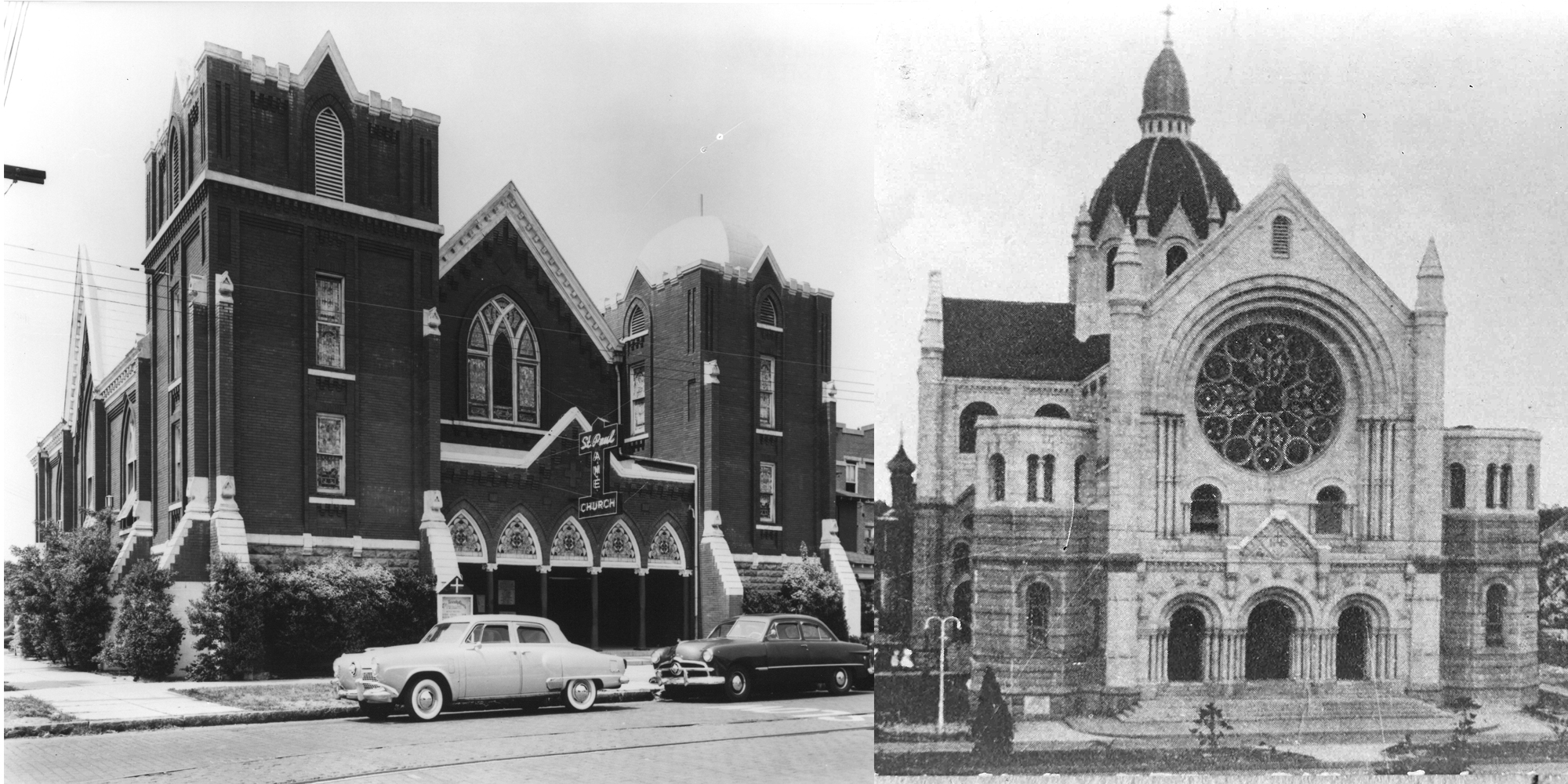It is difficult to think of Downtown Tampa as anything but an urban space, filled with office and residential towers, large public venues, businesses of all types and a lot of traffic. However, there was a time in Tampa’s history when downtown was more of a neighborhood than a destination. There was also a time not that long ago when Downtown Tampa – and the rest of the South – was segregated along racial lines.
It was in that context that two of Tampa’s most iconic churches were founded – Sacred Heart Catholic Church and St. Paul African Methodist Episcopal (AME) Church. They stand out historically, architecturally and culturally. Although they served different congregations, and only Sacred Heart remains active in its historic church building, they both contributed substantially to Tampa’s spiritual growth.
Sacred Heart Catholic Church
As the first Catholic church in Tampa, and the first on Florida’s West Coast, the history of Sacred Heart church stretches back to Tampa’s early pioneer days. Irish-born immigrants John and Ellen Jackson arrived in the 1840s in Tampa and brought the first Catholic priest to the city. The Jacksons united with other members of Tampa’s small Catholic community to form St. Louis Parish in 1859, located on the corner of Monroe Street (now Florida Avenue) and Twiggs Street. The following year, the church welcomed its first resident pastor, the Rev. Charles S. Mailley, who had recently come to the United States from his native France.
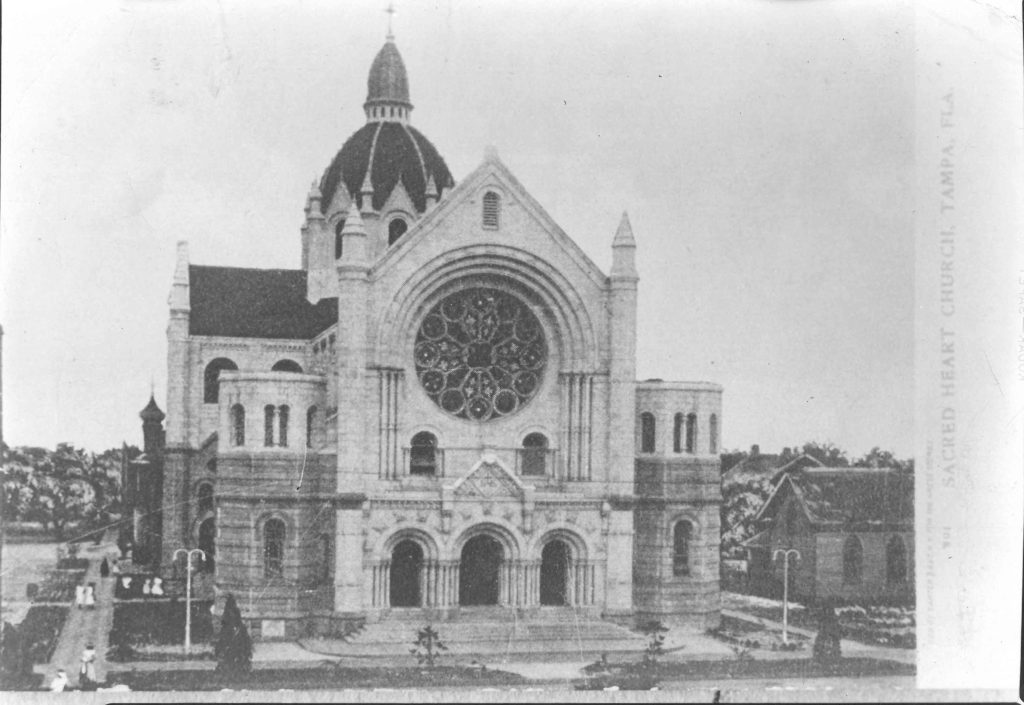
The congregation grew slowly until the arrival of the railroad in 1883 and the subsequent founding of the cigar industry in Ybor City a year later. A couple additions, one on the north side and one on the south, nearly doubled the size of the parish building in 1883. Two devastating Yellow Fever epidemics swept through Tampa four years later, claiming the lives of three priests in one year.
While the city continued to grow, the needs of the church grew as well. To better accommodate the spiritual desires of Tampa’s burgeoning Catholic population, the church broke ground on what became Sacred Heart Church on Feb. 16, 1898. The beautiful edifice was completed in late 1904 at a cost of $300,000. The new church building was dedicated on Jan. 15, 1905, the same day that the name of the parish changed to Sacred Heart.
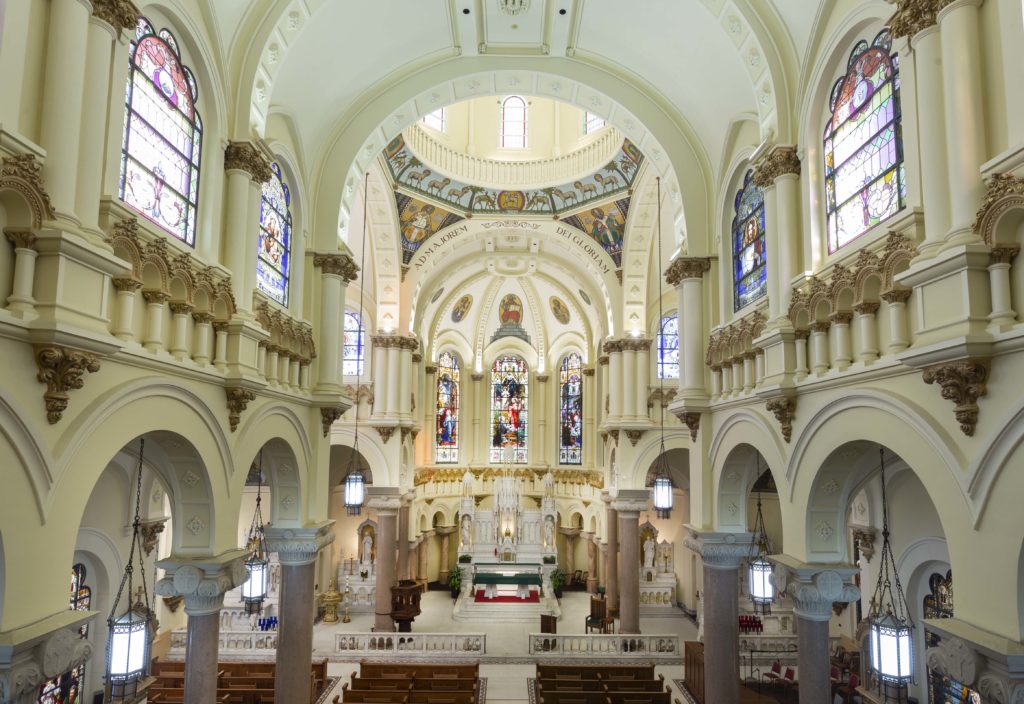
As a result of the losses sustained during the Yellow Fever epidemic, the parishioners turned to the Jesuit order to help secure priests to the parish. The Jesuits took over in 1888 and brought with them their dedication to education. They started a boys school, today’s Jesuit High School, on the Sacred Heart property in 1899. The school continued to grow and in 1962, it moved to its current campus on North Himes Avenue.
An odd chapter in Sacred Heart’s history coincided with the election of Sidney Catts to the governor’s office. An ardent prohibitionist and populist, Catts stoked anti-Catholic feelings, which were prevalent during the late 1910s. One of the accusations he leveled was that Catholics were amassing an arsenal in the basement of Sacred Heart with the goal of an armed takeover and transfer of power to the Vatican. Despite the governor’s rhetoric, Sacred Heart did not serve as an arsenal for the pope.
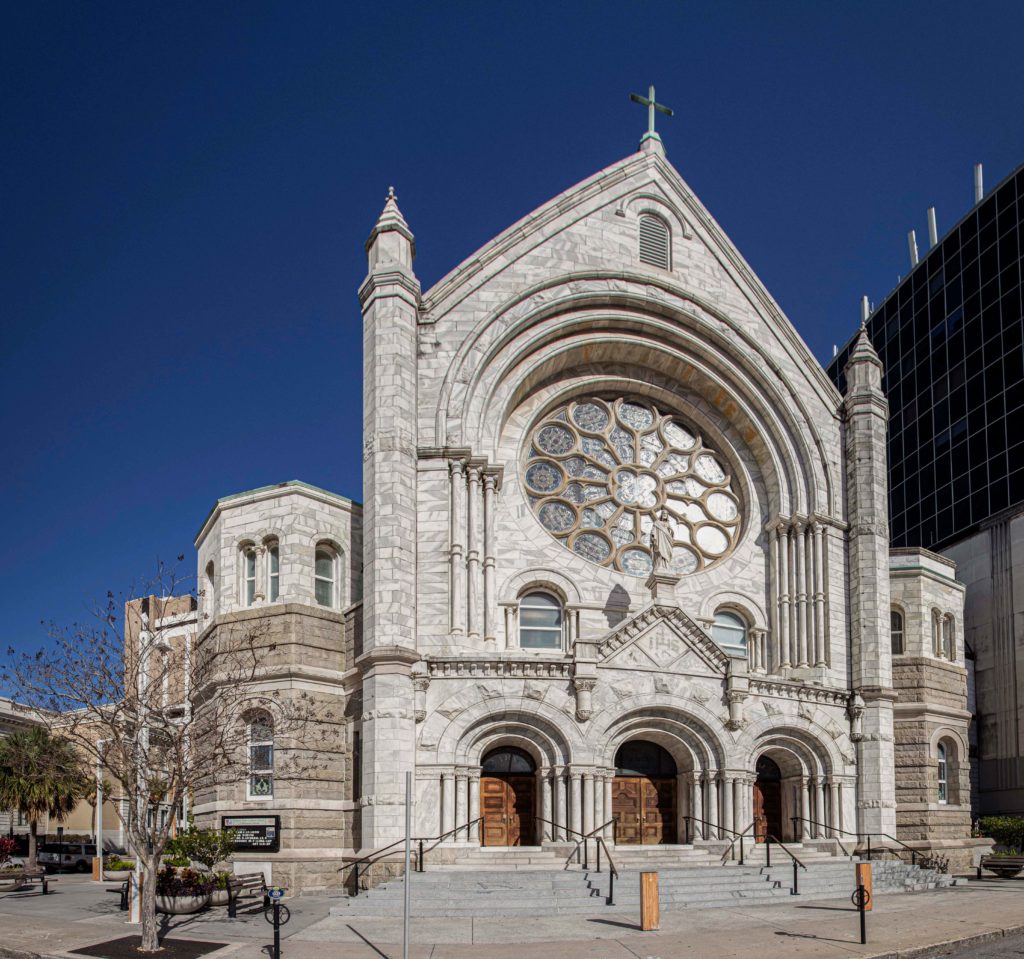
The area around Sacred Heart has changed over the years. The streets are busier, even if the sidewalks were not bustling for quite some time. The old buildings that surrounded the church were replaced by an office tower in the mid-1960s, much to the chagrin of architectural aficionados. Still, Sacred Heart Church continues to contribute to the fabric of Tampa to this day.
St. Paul AME Church
St. Paul African Methodist Episcopal Church is the oldest, and among the most notable and most important, African American churches in Tampa. Much like Sacred Heart started under a different name, St. Paul AME was not the church’s original designation. Starting out in 1870 in the northern reaches of what is now Downtown Tampa, St. Paul was originally named Brush Arbor. Its name was a nod to how the church started, literally under an arbor covered with cut branches and palm fronds.
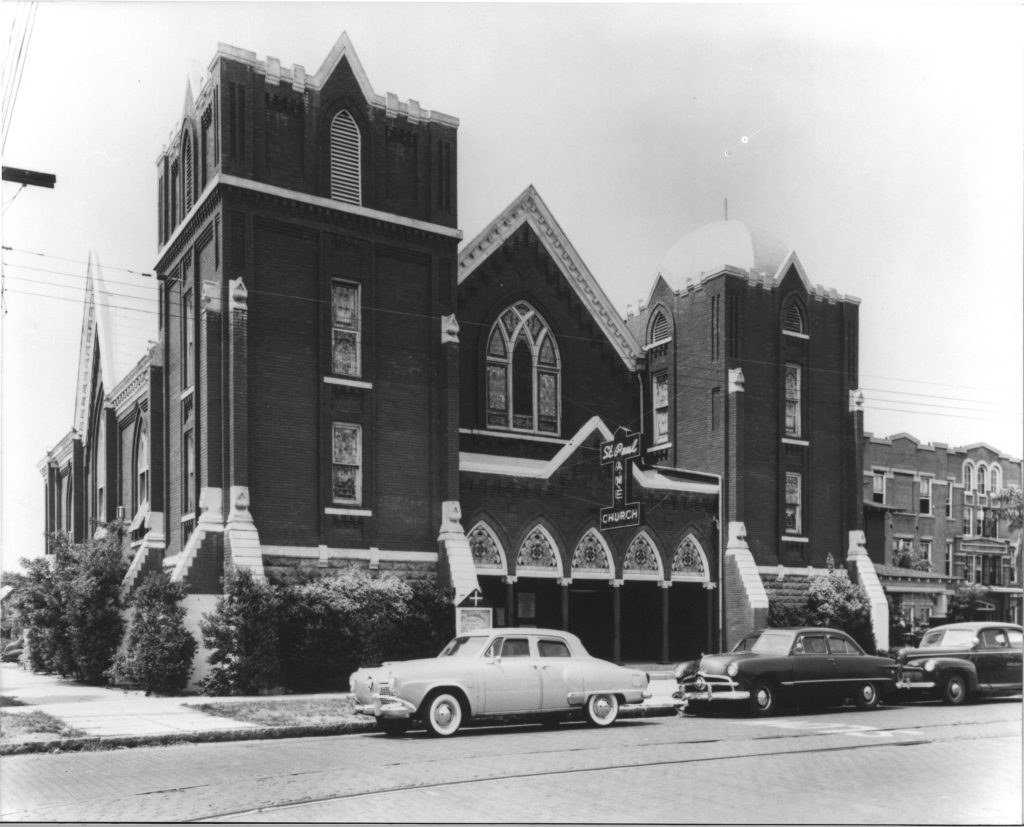
On Sept. 20, 1872, the congregation purchased property on Marion Street, between Harrison and Fortune streets, and built a new church building, renaming the church Mount Moriah. Hurricanes destroyed that building, as well as a replacement, over the next two years. The third building on that property was built in 1875 and was renamed St. Paul.
The church continued to grow through the rest of the 19th century, particularly after the arrival of hundreds of railroad and port workers in the mid-1880s. By 1906, church parishioners – led by Rev. S. Timothy Tice – decided to build a new, larger (and brick) church. They held a ground-breaking ceremony on July 24, 1906, which was attended by both white and Black dignitaries from the growing city.
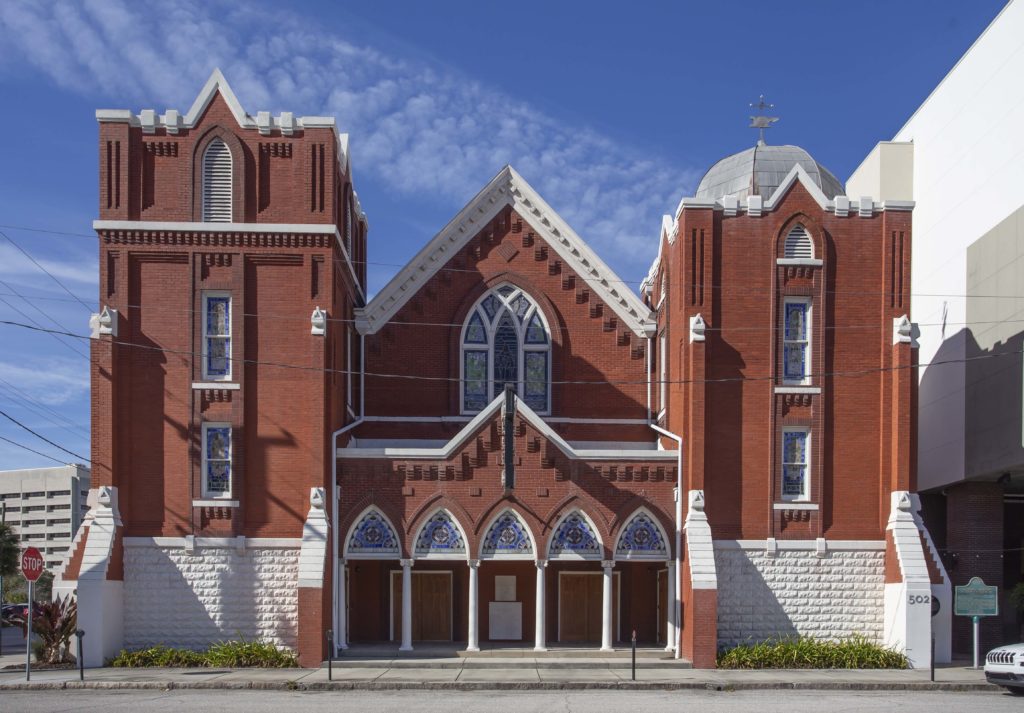
The reverend, along with many congregants, built the church by hand. As such, and with limited funds, construction took a considerable amount of time. There were two cornerstone laying ceremonies for the church, according to contemporary newspaper accounts. The first was on Aug. 18, 1907 and the second was almost seven years later, on May 17, 1914. The latter one was conducted as construction was nearing completion and it appears from available records that construction was finally wrapped up by the end of that year.
Much like Sacred Heart, St. Paul’s had an educational component as well. During the era of segregated schools, the public school system operated the Harlem Academy, an all-Black school, just to the east of the church building (on the corner of Morgan and Harrison streets). Although Harlem Academy was not a parochial school, it was bound to St. Paul by shared goals and mutual attendees.
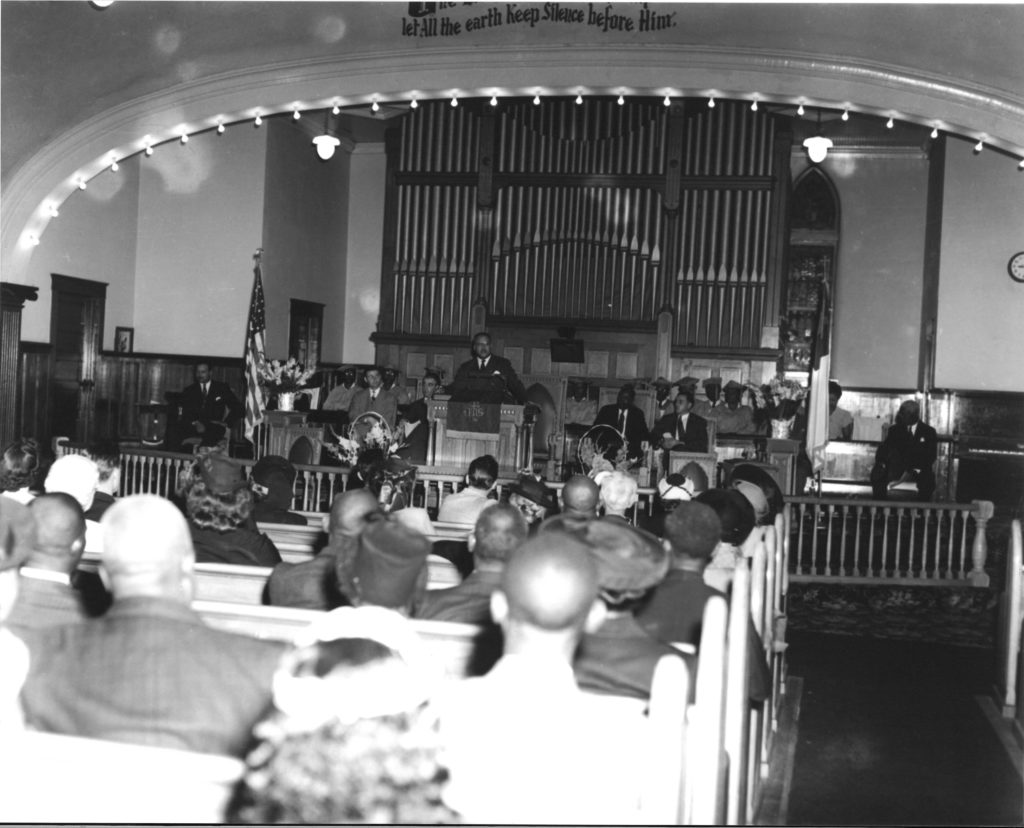
St. Paul’s importance in Tampa’s history was cemented during the civil rights movement of the 1950s and 1960s. The church was the site of numerous organizational meetings and rallies, and by some accounts even hosted a speech by Dr. Martin Luther King, Jr. Other leaders, both local and national, took to the pulpit during these years, including Thurgood Marshall, A. Leon Lowry, Robert W. Saunders and then-President Bill Clinton.
Facing declining parishioners and mounting bills, the congregation sold the historic St. Paul AME Church building in 2010 and merged with Gregg Temple AME Church the following year. Though it is no longer a place of worship, the St. Paul AME Church building is still an incredibly important landmark and a fixture of Downtown Tampa’s historic landscape.
Rodney Kite-Powell is a Tampa-born author, the official historian of Hillsborough County and the director of the Touchton Map Library at the Tampa Bay History Center, where he has worked since 1995.
Want more Tampa Bay history? Click here to read The History of Tampa Heights by Rodney Kite-Powell.


